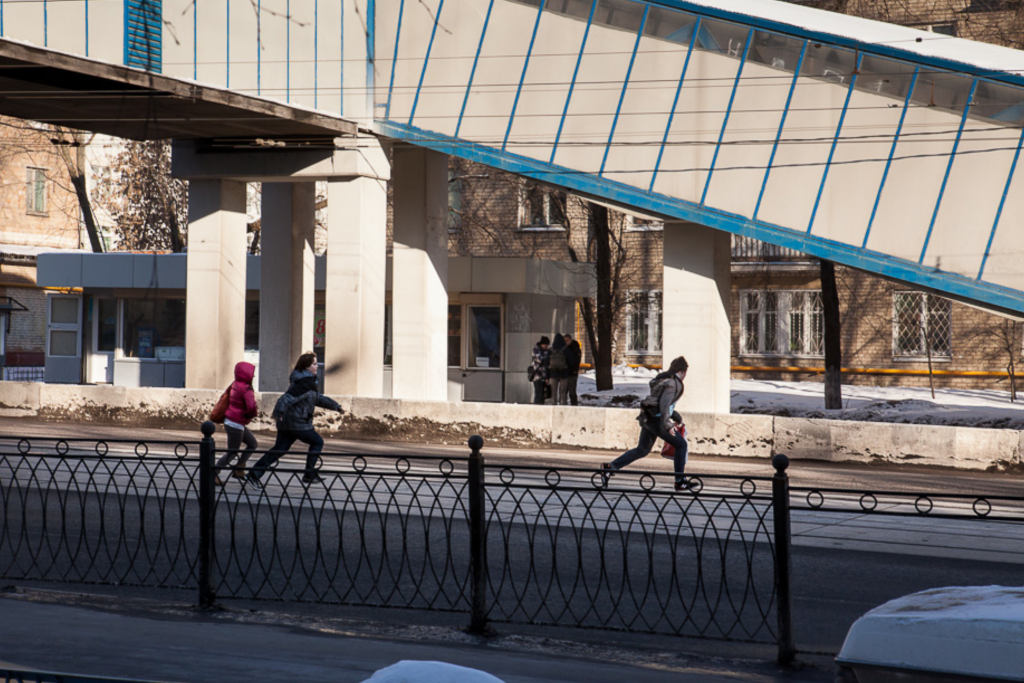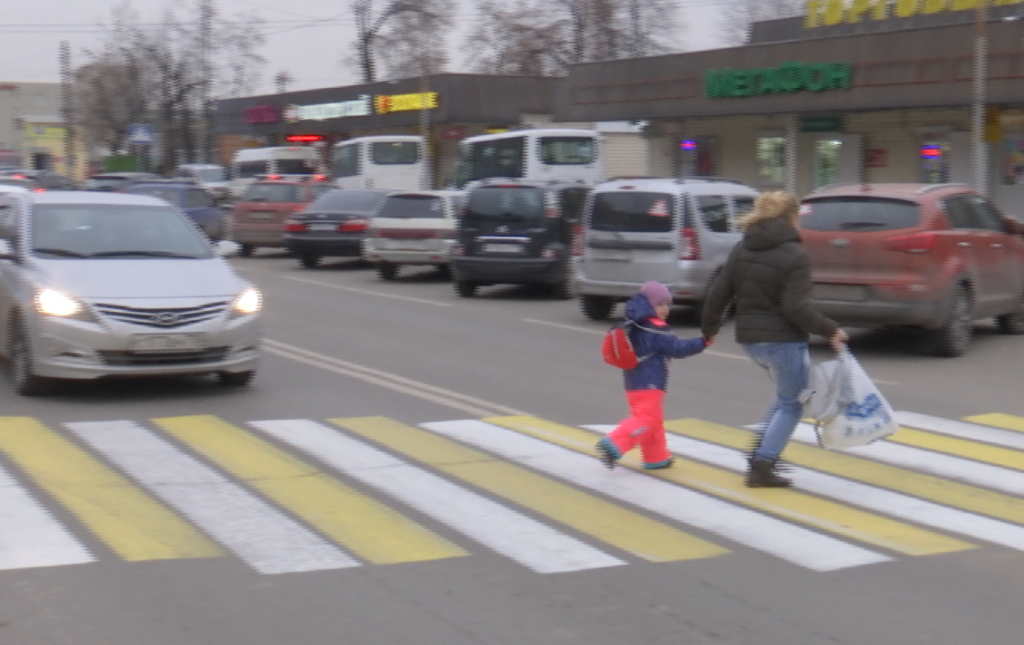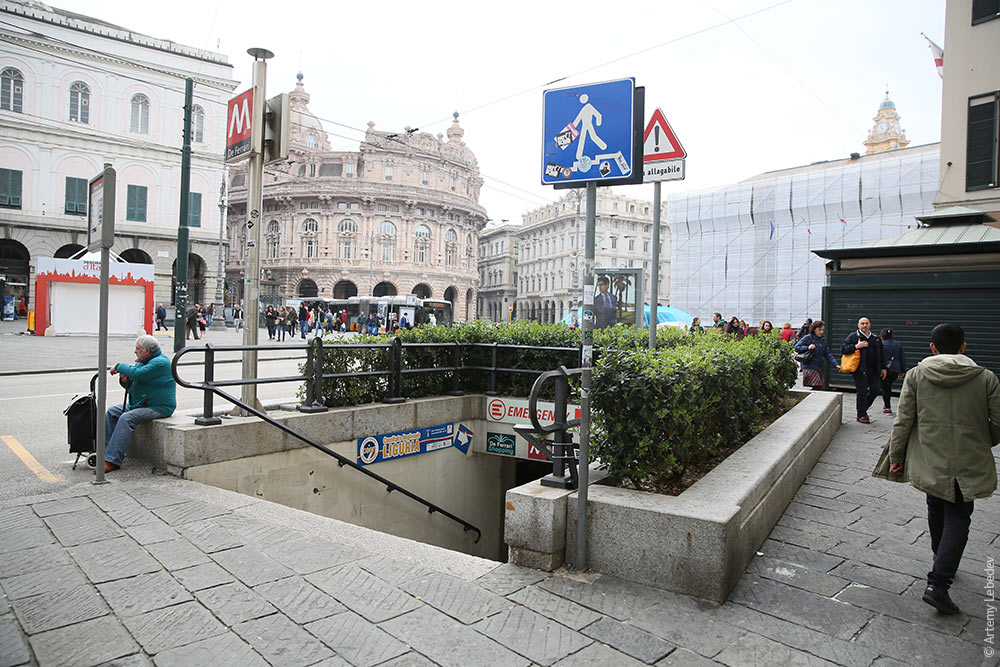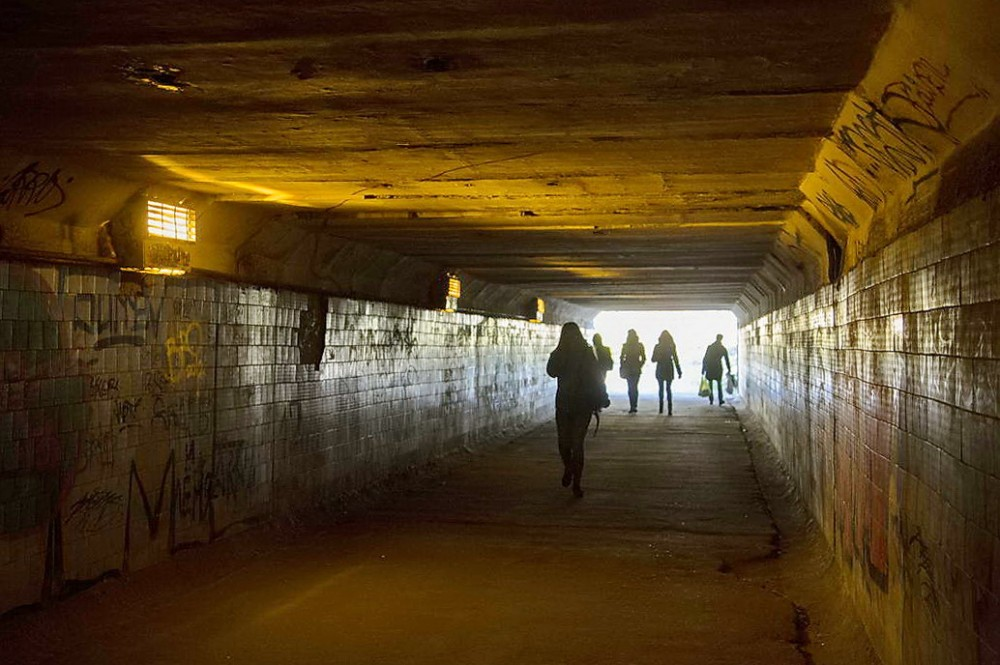Right after my article about the poor condition of Russian roads, one of the most popular Russian bloggers, Ilia Varlamov, published an article suggesting that city streets in Russia are as dangerous as the roads.
Varlamov opens his article with the latest Russian car accidents statistics:
On January 17, 32 people were killed in car accidents in Russia. On January 16, 26 people were killed. On January 15, 28 people died.
For the first week of the new 2018, 255 people died in car accidents in Russia. During the week of 8 to 14 January, there were 219.
The first look at these figures don’t look too terrible to an American.
It is known that the average number of car accidents in the U.S. every year is 6 million. More than 90 people die in car accidents everyday. But there are incomparably more cars in the USA then in Russia.
An objective indicator of the real situation with the car accidents’ fatalities is the annual amount of road fatalities per 100.000 motor vehicles. Wikipedia presents these figures for the year 2012.
Th worst road fatalities exists in the African countries. But the Russian situation is four times worse then the situation in the USA and about 10 times worse then the situation in the European countries. Here are some of the figures of the annual amount of road fatalities per 100,000 motor vehicles:
Russia
53.4
United States
12.9
Finland
4.4
Sweden
4.7
Switzerland
4.7
United Kingdom
5.1
Norway
5.2
Spain
5.3
Netherlands
6
Iceland
6.1
Japan
6.5
Denmark
6.7
Germany
6.8
Accidents on the roads happen mostly due to their bad surface conditions. The accidents in the city’s streets are paradoxically the result of what was considered for a long time the most progressive safety precautions for pedestrians.
For years Russians were proudly replacing traditional striped (“zebra”) pedestrian street crossings with aboveground and underground passage.
According to the State Statistics Service, there are 13,591 pedestrian crossings in Moscow. Of these: 646 are over head or underground and 12 945 are “zebra”, of which 3,863 are equipped with traffic lights.
The Moscow mayor’sTV channel “Moscow 24” that proudly informs Muscovites about what is happening in the city, reported that a new underground passage was opened near the “Teply Stan” metro station and the “zebra” surface crossing was removed.
The TV correspondent assures audience that “people have long waited for the building of this underground passage.” Then the reporter added with surprise “The pedestrians continue to run between the speeding cars!” The reporter explained: “This is the shortest path between two points.”
Pedestrians explained to the reporter that running between moving cars is more convenient and faster, and it’s a hardship to descend into the underground passageway.
Unfortunately, this is not an isolated situation, it is common throughout the city. Only about half of pedestrians use the underground and overhead passages, while 47% run across the road, always risking life.
Varlamov comments in his blog:
“If you pay attention to who crosses the road through the traffic, you will find that most of them are retired people, for whom the descent under ground is a torture. Or it can be a child”.
Not long ago the program “My Street” was started in Moscow as the result of which some zebras began to return to the city.
Varlamov writes: “I even started to bring the attention of my readers to the example of Moscow: here, look, it is becoming an European city, normal crossings appear! But, as we see, now zebras began to be washed out, and underground crossings are coming back.”
Varlamov asked the Traffic Police what was happening, and he was told that zebras somehow negatively affect the road situation, drivers have conflicts with pedestrians, so let the pedestrians get back under the ground.
Varlamov writes:
“Underground passages are bad first of all because they make the city inaccessible to low-mobility citizens. These are not only disabled people – they are elderly people, mothers with baby carriages, pedestrians with suitcases and bags, people with bicycles. There are 20% of such people in the city. That is, a fifth of Muscovites who cannot use the underground passage. People begin to move less around the city, refuse to walk or even go to the store just because it is physically difficult for them to cross the street.
“Russian cities are now adapted for young, healthy and successful: for those who can sit in their comfortable cars and do not pay attention to pedestrians forced under ground. The traffic police and the city government do everything possible to do this. This problem generates the next one: underground passages cause pedestrians to violate the rules. Drivers, while running over the ‘violators” comment ‘They deserve it!’ ‘Skittles!’ ‘Survival of the fittest!’ Etc.”
Varkamov concludes his post with this message:
“Out of each thousand people, 200 people cannot physically use the underground passage. You are provoking them to break the rules. These people will be run over, and then they will turn into terrible mortality statistics on our streets. And you are the accomplices in these murders.
“This is a terrible problem, but it is not acceptable in our society to discuss it.
Priorities should be set correctly: the most important one being the pedestrian. I ask you to re-publish this post. If you see that somewhere the mayor of the city, the governor, the chief traffic policeman begins to lobby the construction of an underground passage, then you know: the person is an accomplice in the murders of dozens of our compatriots who die on the roads every day.
“I hope that we will live in the time when competent people will be in the leadership of our cities, and the cities themselves will be convenient and safe to walk around. But so far the mayor’s office in Moscow, and the administrations of other cities in Russia, are the people who want to kill you. Look out!”





